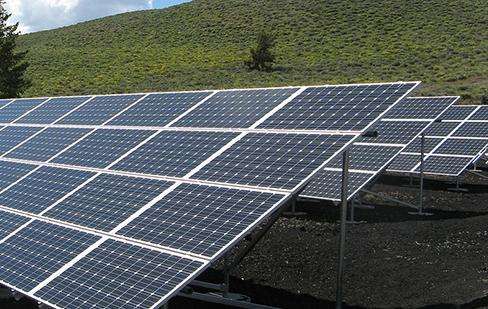If the temporary canteen at the construction site has more than 100 guests, a simple and effective grease trap should be installed so that the wastewater generated can pass through the grease trap and then be discharged into the municipal sewer pipe network. .
The grease trap is a wastewater pretreatment structure that uses the density difference between oil droplets and water to produce a floating effect to remove floating oil substances in the oily wastewater. The structure of grease trap mainly adopts advection type. Oily wastewater enters the rectangular grease trap through the water distribution tank and flows slowly in the horizontal direction. During flow, the oil floats on the surface of the water and is pushed by the oil. collection pipe or the oil scraper installed on the pool surface in the oil collection pipeile and flows into the dehydration tank.
Heavy oil and other impurities that settle in the grease trap accumulate in the sludge hopper at the bottom of the tank and enter the sludge pipe through the sludge discharge pipe . Wastewater treated by hydrocarbon separation overflows into the drainage channel and flows out of the pool for further treatment to remove emulsified oil and other pollutants.
Detailed information
Principles of treating oil pollution in grease traps
Grease traps are for most constructed of reinforced concrete, but also made of masonry. It is built on a rectangular plan and is divided into 2 to 4 grids in the direction of water flow. The width of each grid generally does not exceed 6 meters to facilitate uniform water distribution. The effective water depth does not dependnot enough 2 meters and the length of the grease trap is generally more than 4 times greater than the width of each grid.
Grease traps often use oil scrapers and sludge scrapers to scrape off floating oil and bottom sludge, respectively. Typically, each grate is equipped with a set of oil scrapers and sludge scrapers, as well as a sludge bucket. If a baffle is added in the middle of each grate, oil scrapers and sludge scrapers are installed on both sides of the baffle, and the sludge bucket is set as a two-stage oil trap, the removal efficiency oil can be improved, but the equipment will increase and the energy consumption will increase.
If a number of inclined plates are added to the grease trap, the oil removal efficiency can also be improved, but the construction investment will be higher. In cold areas, afIn order to prevent the fuel oil from solidifying in winter, a steam pipe can be installed at the bottom of the fuel oil collector pipe for heating. Grease traps are usually covered, and steam lines are installed under the cover to maintain heat, prevent grease trap fires and oil volatilization, and prevent dust from entering.














